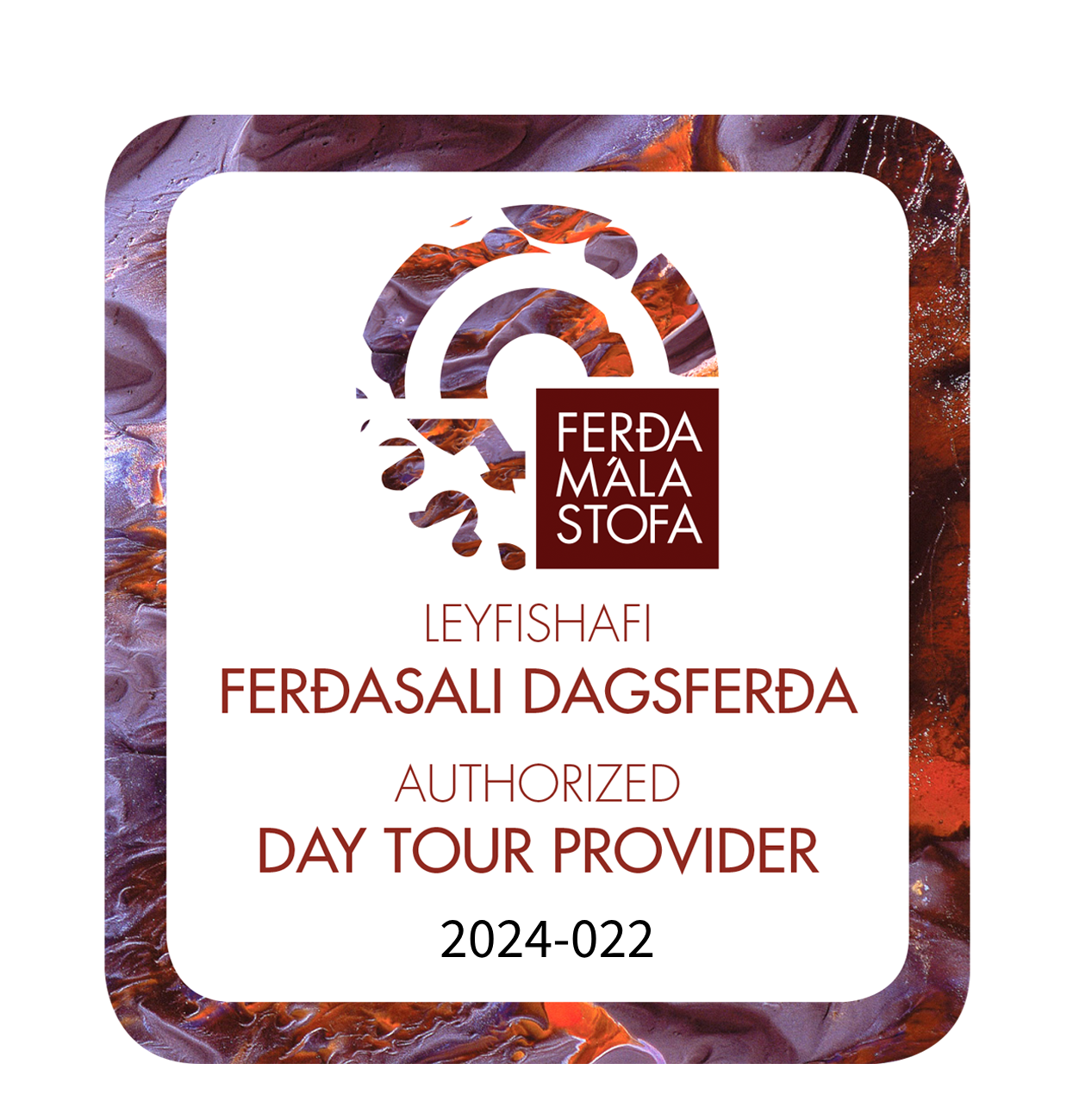The Northern Lights, also known as the Aurora Borealis, are one of the most captivating and elusive natural phenomena in the world. If you would like to know more about Northern Lights read our introduction here. These enchanting displays of colourful lights dancing across the night sky have fascinated photographers for generations. If you’ve ever dreamt of photographing the Northern Lights, this guide will provide you with valuable tips and techniques to help you capture stunning aurora photography.
1. Location Matters
Choosing the right location is crucial when photographing the Northern Lights. You’ll want to find a spot away from city lights and light pollution. Northern regions near the Arctic Circle, such as Iceland is a prime locations due to their frequent aurora activity and minimal light pollution.
To find Northern Lights you can either:
- Walk somewhere: If you are staying in the countryside you do not need to go far, just away from the lights of buildings. If you are in Reykjavik head to the shore or Grotta Lighthouse.
- Book a tour: An expert guide can take you to the best location and taking all the planning stress away from you, tell you stories about the Northern Lights and Iceland, given you photography advise tailored to the conditions of the night and even get some good photos of you. You can even sleep on your way home.
- Rent a car to explore yourself: Check the weather forecast and the road conditions and head out. If you can find somewhere that had a great backdrop for photos like lakes, mountains, waterfalls, churches or lighthouses. Head to Kleifarvatn Lake on the Reykjanes peninsula, Thingvellir National Park or the Snaefellsnes peninsula for some perfect locations.

To find location for activity on your trip check weather conditions, cloud coverage and Aurora activity on the Icelandic Met Office Website, also on the website Auroraforecast.is and on the app My Aurora Forecast & Alerts, which also send you a notification when activity is high.
2. Timing is Everything
The Northern Lights are most commonly visible during the winter months when the nights are longest and darkest. However, they can make sporadic appearances during the equinoxes in September and March.
To find the best time for activity on your trip check weather conditions, cloud coverage and Aurora activity on the Icelandic Met Office Website, also on the website Auroraforecast.is and on the app My Aurora Forecast & Alerts, which also send you a notification when activity is high.
3. Essential Gear
Before embarking on your aurora photography adventure, make sure you have the right equipment:
- Camera: A DSLR or mirrorless camera with manual settings is ideal, but high-end compact cameras can also yield good results.
- Wide-angle Lens: A wide-angle lens with a fast aperture (f/2.8 or wider) is essential for capturing the entire aurora display.
- Tripod: A sturdy tripod will keep your camera steady during long exposure shots.
- Remote Shutter Release: This minimizes camera shake when taking long exposure shots.
- Extra Batteries and Memory Cards: Cold weather can drain your batteries quickly, so be prepared with spares.
4. Camera Settings
Aurora photography often requires manual control over your camera settings:
- ISO: Start with a low ISO (around 400-800) to reduce noise. Increase it gradually if needed.
- Aperture: Use a wide aperture (low f-number) like f/2.8 or f/4 to let in more light.
- Shutter Speed: Experiment with shutter speeds between 5-30 seconds. Longer exposures can capture more detail but may result in star trails.
- Focus: Set your lens to manual focus and adjust it to infinity for sharp aurora shots.
5. Framing Your Shot
Compose your shot with care:
- Look for interesting foreground elements like trees, mountains, or bodies of water to add depth and context to your photos.
- Keep the horizon level to avoid tilted landscapes.
- Experiment with different compositions, but make sure the Northern Lights are the focal point of your image.
6. Patience and Persistence
Photographing the Northern Lights can be a waiting game. Be patient and prepared to spend hours outside in the cold. Keep an eye on the sky and be ready to capture the moment when the auroras appear.
7. Post-Processing
Once you’ve captured your aurora shots, post-processing can enhance their beauty. Use photo editing software to adjust exposure, contrast, and colour balance. Avoid over-editing to maintain the natural look of the Northern Lights.
8. Share Your Aurora Masterpieces
Share your Northern Lights photography with the world. Post your images on social media, submit them to photography contests, or even consider creating a dedicated portfolio to showcase your aurora adventures.
Photographing the Northern Lights is a rewarding and awe-inspiring experience. With the right gear, settings, and patience, you can capture the magic of the auroras and create stunning photographs that will leave viewers in awe of the beauty of our night sky. So, pack your camera, bundle up, and venture into the northern wilderness for a chance to capture the celestial dance of the Northern Lights
